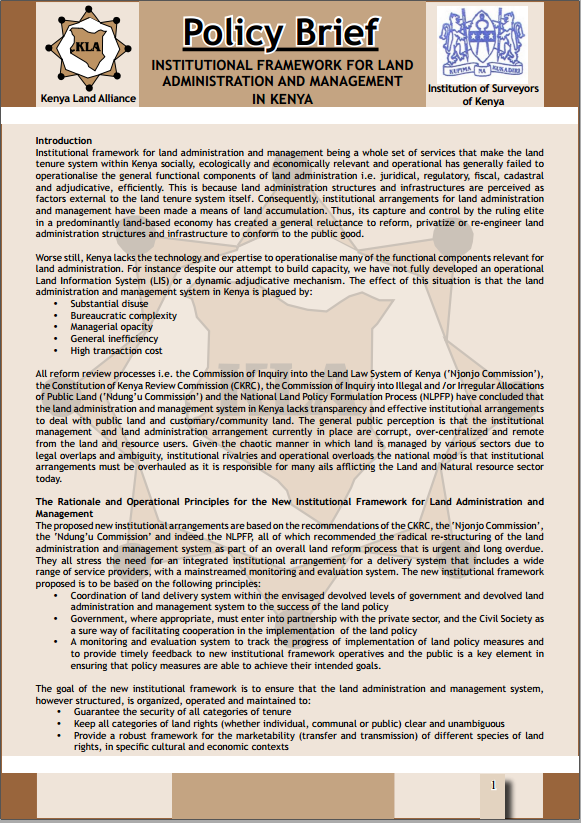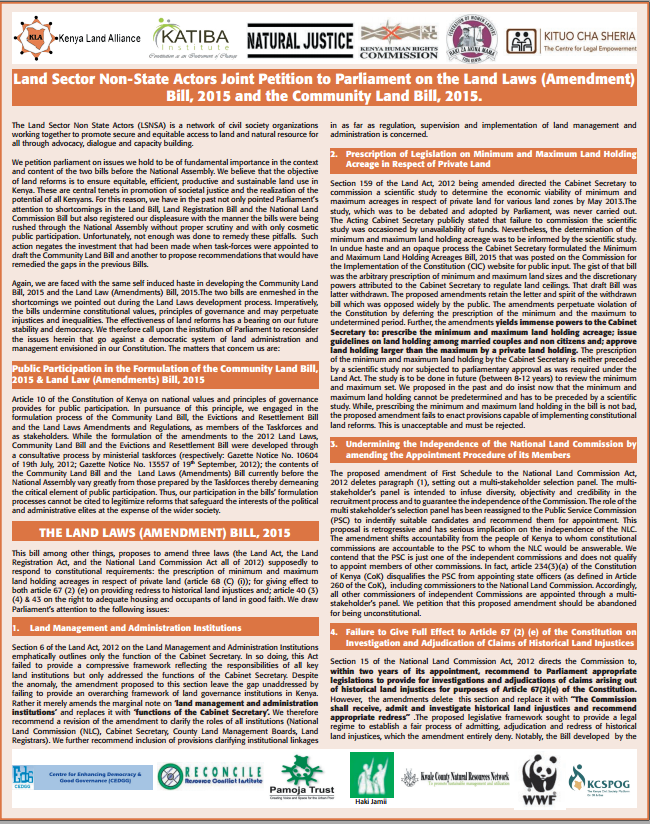REDD+ Implementation in Community-Based Muyong Forest Management in Ifugao, Philippines
Ifugao province of the Philippines has a traditional muyong forest system that supplies water and prevents soil erosion of the world-famous Ifugao rice terraces. The socio-political structure of Ifugao has been the key to the maintenance and communal use of land, as well as the muyong forest, without causing excessive damage to the land. Recently, the Ifugao is facing various challenges viz. deforestation, slash-and-burn, introduction of commercial rice, and climate change.











